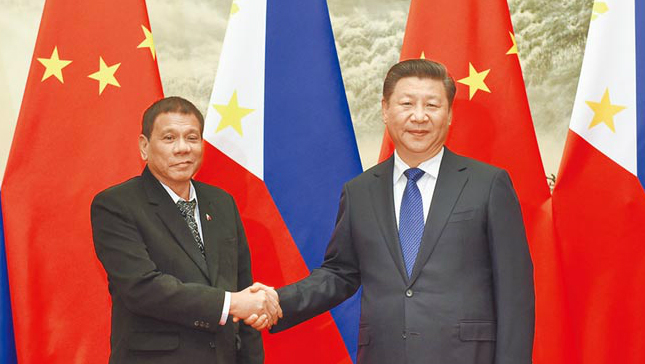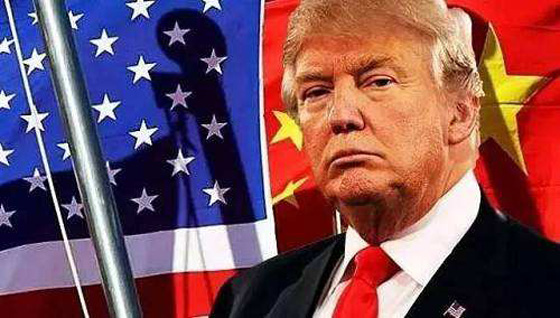May 15, 2017
China and Vietnam will manage and properly control their maritime disputes, avoiding actions to complicate or widen them, so as to maintain peace in the South China Sea, the two nations said in a joint communique China released on Monday.
Richard Javad Heydarian, Professorial Chairholder in Geopolitics, Polytechnic University of the Philippines
Apr 27, 2017
The Philippines is often portrayed as an American ally on the verge of defecting to Eastern powers, with Duterte firmly overseeing this strategic shift. Yet, a closer look reveals that the tough-talking Filipino leader doesn’t have the requisite power to unilaterally reshape his country’s foreign policy, nor is he interested in fully severing ties with the Philippines’ century-old ally, America.

Lucio Blanco Pitlo III, President of Philippine Association for Chinese Studies, and Research Fellow at Asia-Pacific Pathways to Progress Foundation
Apr 27, 2017
Although many criticize Philippine President Duterte’s apparent flip-flopping and unpredictable foreign policy, a careful look will reveal several emerging consistencies in evolving Philippine diplomacy, notably expanding economic ties with China, downplaying security ties with U.S., and managing regional disputes. Furthermore, given evolving regional and global dynamics, President Duterte’s foreign policy ambiguity reflects regional state practice and may actually benefit the Philippines.
Sébastien Colin, Associate Professor, National Institute for Oriental Languages and Civilizations, Paris
Apr 18, 2017
Could the arbitration award of 12 July 2016 have unexpectedly opened a cycle of appeasement between China and South-East Asian countries in the South China Sea? It is difficult to conclusively answer this question, since behind these changes are uncertainties and continuities likely to undermine at any moment the progress made.
Chen Xiangmiao, Assistant Research Fellow, China National Institute for South China Sea Studies
Apr 10, 2017
Some ASEAN countries efforts to woo Tokyo because of their suspicions about China’s strategic goals, thus creating an opportunity for Japan to enhance its presence in the region. But the real problem is Japan itself, and China and ASEAN countries should take anticipatory measures to protect the hard-earned détente in the region.
Chen Xiangmiao, Assistant Research Fellow, China National Institute for South China Sea Studies
Apr 10, 2017
China and ASEAN countries should focus on implementing a dual-track approach and formulating a code of conduct for the sea, as well as establish mechanisms for maritime situations and to build mutual trust. If the US and China are truly committed to a new type of big-country relationship, they will find facilitating this approach to be in their mutual interest.
AP, The Associated Press
Mar 28, 2017
A report from a U.S. think tank says China has nearly completed construction work on three man-made islands in the South China Sea, giving it the ability to deploy combat aircraft and other military assets to the disputed region whenever it wishes.
Mar 24, 2017
China is not militarizing the South China Sea, Premier Li Keqiang said on Friday, although he acknowledged that defense equipment on islands in the disputed waterway had been placed there to maintain "freedom of navigation".

J. Berkshire Miller, International Affairs Fellow (Hitachi), Council on Foreign Relations (Tokyo)
Mar 17, 2017
The swarm approach – by hitting Beijing on multiple issues in at once in a flurry – seems to be calculated upon Trump’s own business approach. This projects that Trump’s “leverage” over Beijing would compel painful concessions from China on core issues because of its fear over Washington’s scorn and threats.
Mar 15, 2017
China has started fresh construction work in the disputed South China Sea, new satellite images show, a sign that Beijing is continuing to strengthen its military reach across the vital trade waterway.